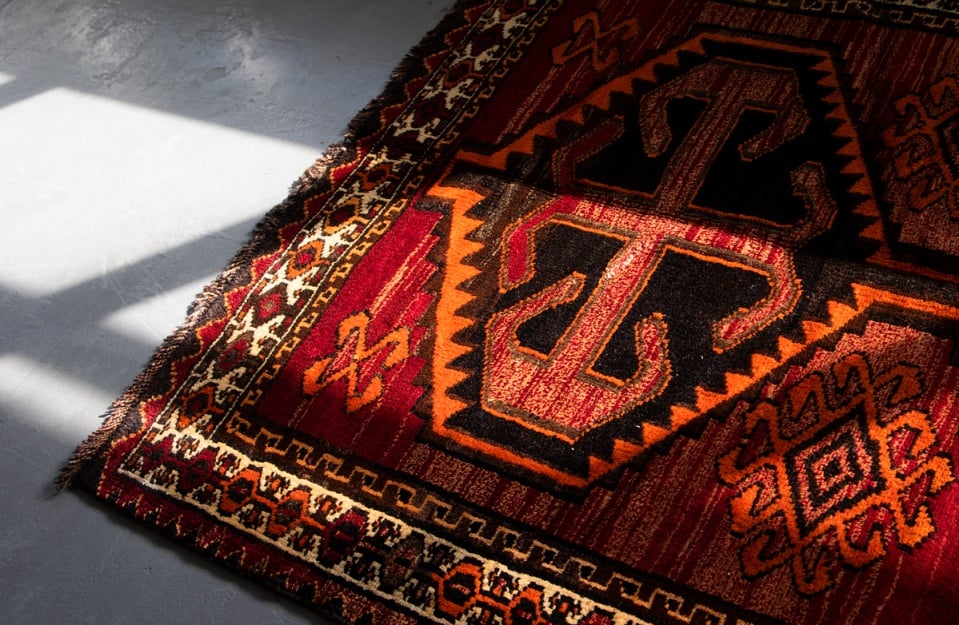There are numerous advantages to cleaning and preserving your Persian area rug. A clean carpet is more aesthetically pleasing because it unifies and organizes a space. Cleaning your Persian rug might also extend its life. You get more value from a piece that lasts a long time.
A healthy environment also requires clean Persian carpets. Besides, when you clean your rug and eliminate dirt and bacteria, you can save money. But, how do you maintain Persian style rugs at home? Here are some steps and suggestions for cleaning Persian rugs.
1. Examine The Rug’s Design And Label.
Before washing your area rug, make sure you complete this step. Lift the corners of your carpet to see the label. The label will usually tell you how to clean your rug in the safest way possible. Cleaning silk, cotton, wool, or synthetic carpets requires a specific level of expertise, which is why it's critical to read the label beforehand.
A modern Persian rugs made of cotton and wool is more durable and easier to clean than carpets made of other materials. Meanwhile, if your silk blue Persian rug has major stains, you must get it professionally cleaned.
2. Sweep The Area Of The Rug.
Carpets will be pounded till they are clean. However, gently cleaning the dirt off your rug is preferable because it prevents harm and extends the life of your carpet. Sweep your Persian rug using a straw broom from one end to the other, but don't move it back and forth. However, sweeping back and forth across the carpet could destroy it, especially antique Persian rugs.
3. Vacuum Your Handmade Persian Rugs.
Vacuuming your Persian carpet will help to eliminate dirt and particles. As previously said, you should vacuum your Persian or wool rug every two weeks at the absolute least. This is especially essential with a Persian runner rug since it is placed in the stairway. This can keep your authentic Persian rugs looking and smelling new for a longer time.
To remove excess abrasives, pet hair, and dirt from your rug, simply lay it on the ground and vacuum it slowly. Repeat the process at least three times (on both sides) to ensure that your rug is completely dust-free.
Wrapping Things Up
Persian rugs are available in a variety of colors and patterns. A red Persian rug and green Persian rug are available in a variety of sizes. You can find 2x4, 3x5, and 8x10 Persian rug. Each type of Persian rug is cleaned and maintained in a similar manner.
Meanwhile, stale, mouldy odors are common in vintage Persian rugs. Wool, hand knotted Persian rugs are particularly prone to smell formation because they tend to retain moisture, which can lead to mildew. As a result, effective cleaning techniques will prolong the life of your carpet. Check the label for care recommendations, although it's usually a better idea to hire a professional cleaner rather than tackling it yourself.
